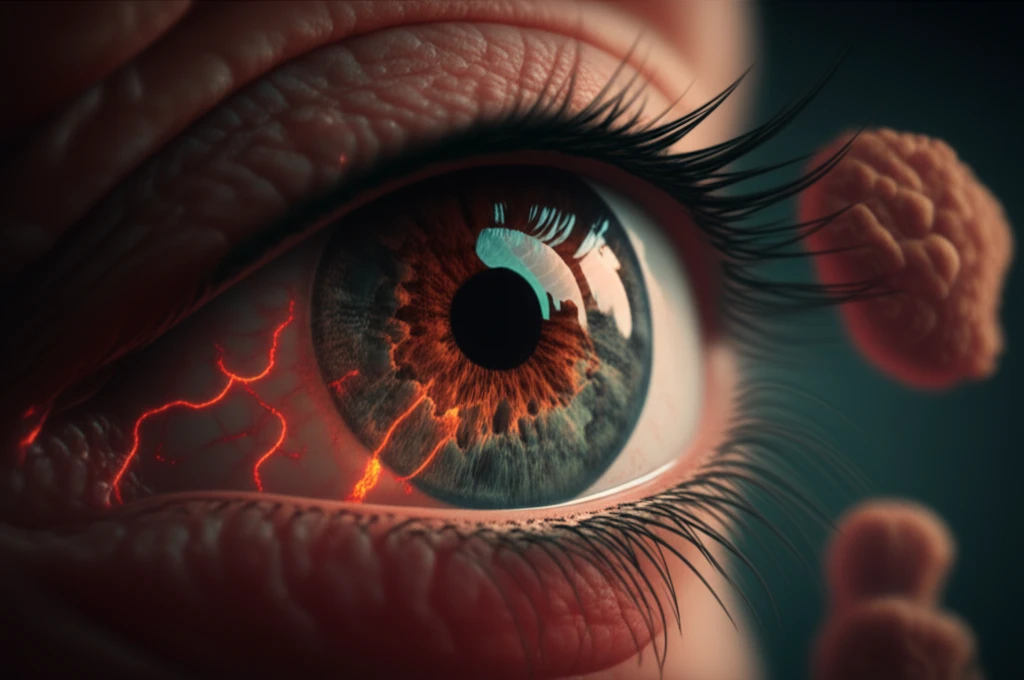
Sarcoidosis and Sight: Understanding Necrotizing Retinopathy
"A rare case highlights the link between sarcoidosis and a vision-threatening eye condition, emphasizing the importance of early detection and treatment."
Sarcoidosis, also known as Besnier-Boeck disease, is a condition where the immune system goes awry, leading to the formation of granulomas (clumps of inflammatory cells) in various organs. While it commonly affects the lungs and lymph nodes, it can impact any part of the body, including the eyes. Sometimes, eye problems are the first sign that someone has sarcoidosis.
This article explores a rare instance of sarcoidosis affecting the eyes, specifically a case of necrotizing retinopathy. This is where the retina, the light-sensitive tissue at the back of the eye, suffers damage and cell death. What makes this case particularly noteworthy is that it mimicked acute retinal necrosis (ARN), a similar condition usually caused by viral infections, and resulted in a retinal detachment.
We will delve into the details of a 38-year-old man's experience with this condition, from initial symptoms and diagnosis to treatment and outcomes. This case underscores the importance of recognizing the diverse ways sarcoidosis can manifest and the need for prompt intervention to preserve vision.
What is Necrotizing Retinopathy and How Does Sarcoidosis Play a Role?

Necrotizing retinopathy is a severe eye condition characterized by inflammation and death of retinal tissue. While often linked to viral infections like herpes simplex or varicella-zoster, it can sometimes arise from non-infectious causes. Sarcoidosis is one such cause, although it's a rare presentation.
- Symptoms: Patients may experience blurred vision, floaters, pain, and redness in the eye.
- Diagnosis: Diagnosis involves a thorough eye exam, including slit-lamp examination and fundus evaluation (examining the back of the eye). Blood tests and imaging studies (like gallium scans) may be needed to confirm sarcoidosis.
- Treatment: Treatment typically involves corticosteroids to reduce inflammation. In some cases, antiviral medications may be used initially to rule out viral causes. Surgery may be necessary to repair retinal detachment.
Protecting Your Vision: Key Takeaways and the Importance of Early Intervention
This case underscores the importance of considering sarcoidosis in the differential diagnosis of necrotizing retinopathy, even when viral causes are suspected. Early diagnosis and treatment are crucial to minimize vision loss and prevent complications like retinal detachment.
If you experience any sudden changes in vision, eye pain, or redness, it's essential to seek prompt medical attention from an ophthalmologist. If you have been diagnosed with sarcoidosis, regular eye exams are crucial to monitor for any signs of ocular involvement.
While necrotizing retinopathy secondary to sarcoidosis is rare, this case serves as a reminder of the diverse ways systemic diseases can affect the eyes. By staying informed and proactive, you can protect your vision and overall health.
